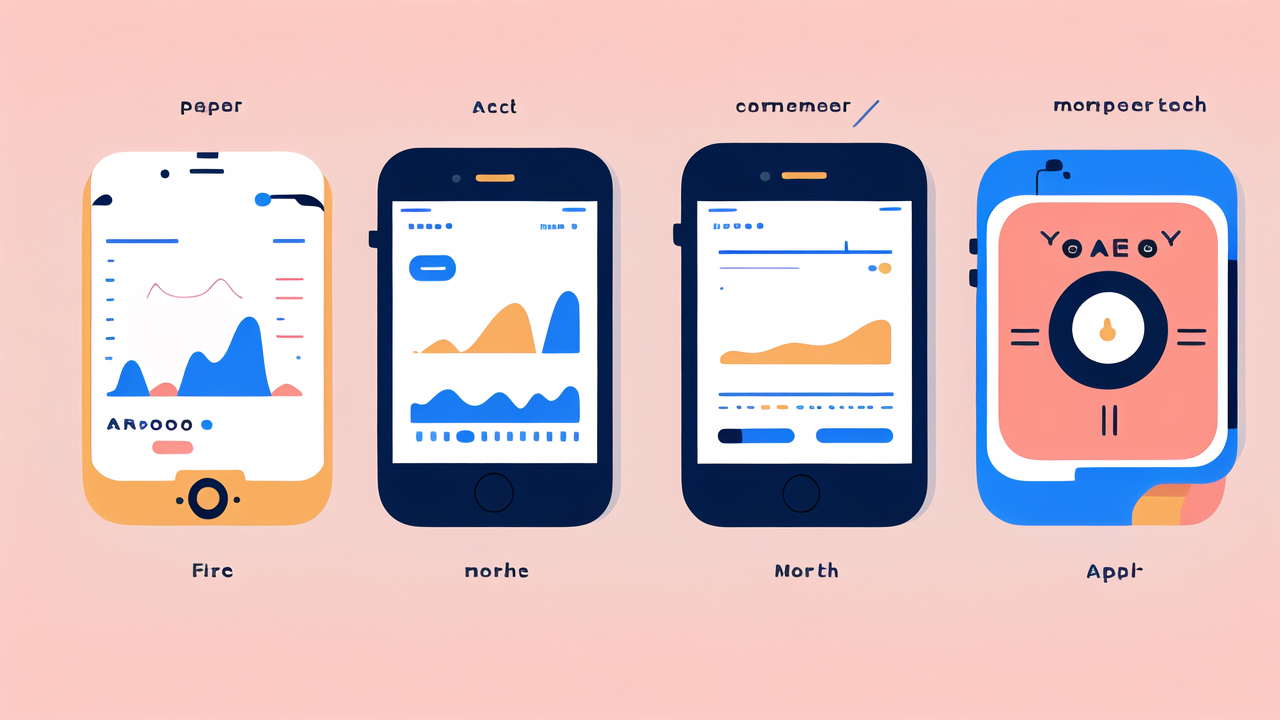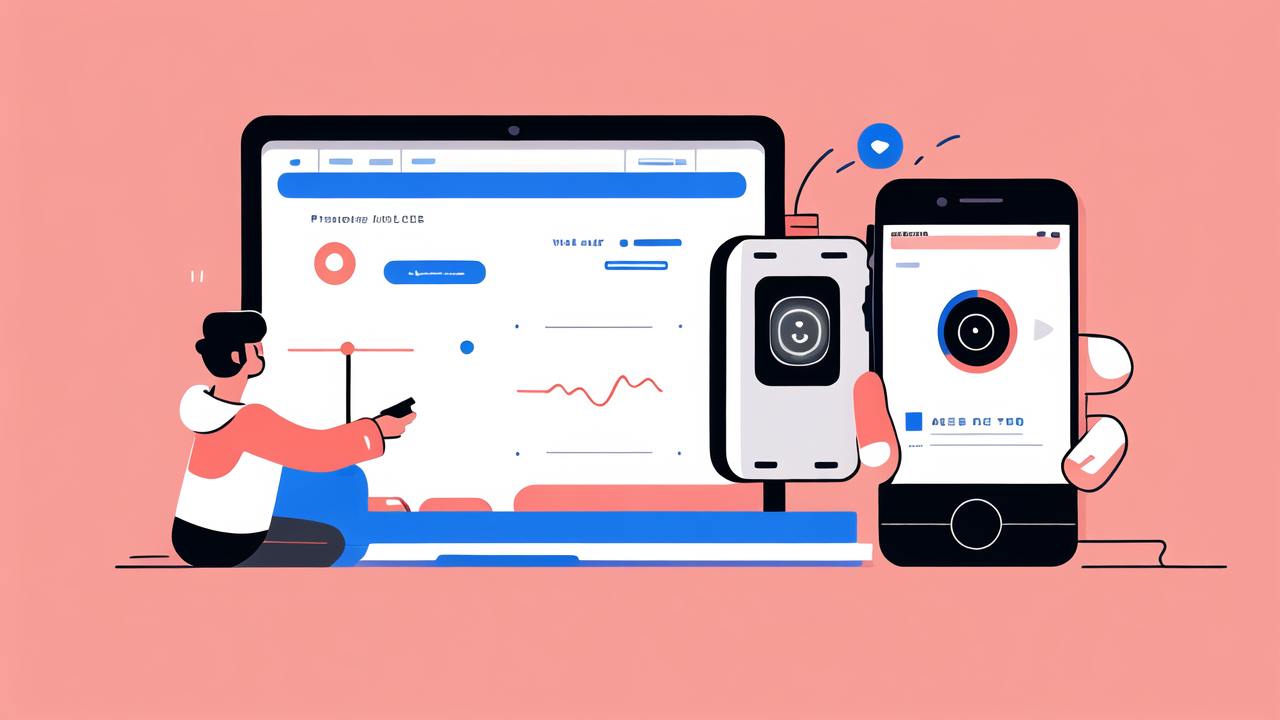The Evolution of Wearable Technology in the United States
Historical overview of wearable devices
Wearable tech has come a long way in the US. It started with simple pedometers in the 1960s. These devices counted steps and helped people track their daily activity. In the 1970s, digital watches appeared. They showed time with numbers instead of hands.

The 1980s brought calculator watches. These were popular among students and tech enthusiasts. The 1990s saw the first attempts at smart watches. However, they were bulky and had limited features.
The 2000s marked a big leap. Fitness trackers like Fitbit became popular. They could count steps, track sleep, and measure heart rate. This paved the way for modern smartwatches.
Transition from analog to digital: Impact on consumer expectations
The shift from analog to digital watches changed how people viewed wearables. Digital watches offered more features. They could show multiple time zones and had built-in alarms.
Consumers began to expect more from their devices. They wanted accuracy and convenience. Digital displays made it easier to read time at a glance. This was especially useful for athletes and busy professionals.
As technology advanced, so did expectations. People wanted devices that could do more than just tell time. They looked for features like calendars, contact lists, and even games.
This shift set the stage for today's smartwatches. Consumers now expect their wearables to be mini-computers on their wrists.
Key technological advancements in wearable tech
Several key advancements have shaped modern wearables. Touchscreens made interfaces more user-friendly. This allowed for more complex interactions with small devices.
Bluetooth technology enabled wearables to connect with smartphones. This opened up a world of possibilities. Watches could now display messages, calls, and app notifications.
Battery life improved dramatically. Early smartwatches needed charging daily. Now, many can last a week or more. This made them more practical for everyday use.
Sensors became more advanced and varied. Modern wearables can track heart rate, blood oxygen, and even ECG. This turned them into powerful health monitoring tools.
Voice control, like Apple's Siri or Google Assistant, made wearables more interactive. Users could now control their devices hands-free.
Smart Features in Digital Pocket Watches
Integration of GPS and tracking capabilities
Digital pocket watches have embraced GPS technology. This adds a new dimension to their functionality. Users can now track their location and routes without a smartphone.

For runners and hikers, this is a game-changer. They can leave their phones at home and still map their workouts. Some watches even offer breadcrumb navigation for backtracking.
Safety features have also improved. Many watches now have emergency SOS functions. These can send your location to emergency contacts with a button press.
Geocaching enthusiasts love GPS-enabled pocket watches. They can easily find and log caches without extra devices. This blends old-world charm with modern adventure.
Activity monitoring and the rise of health-centric wearables
Health tracking has become a core feature of digital pocket watches. Step counting is just the beginning. Many now monitor heart rate 24/7. This provides valuable data on overall fitness.
Sleep tracking has also gained popularity. Watches can analyze sleep patterns and quality. This helps users improve their sleep habits and overall health.
Stress monitoring is another key feature. Some watches use heart rate variability to gauge stress levels. They can then suggest breathing exercises or meditation.
Workout tracking has become more sophisticated. Watches can now recognize different activities automatically. They provide detailed metrics for various sports and exercises.
Smart notifications and personalization in timepieces
Digital pocket watches now offer smart notifications. Users can see texts, emails, and app alerts at a glance. This keeps them connected without constantly checking their phones.
Many watches allow customization of these alerts. Users can choose which apps send notifications to their watch. This helps reduce distractions and information overload.
Voice assistants have also made their way to pocket watches. Users can set reminders, check the weather, or control smart home devices. All with just their voice.
Some watches offer personalized insights based on collected data. They might suggest when to move more or when to start winding down for bed. This turns the watch into a personal health coach.
The Role of Digital Pocket Watches in the Fashion Industry
Blending fashion with technology: A new era for accessory wearables
Digital pocket watches are merging tech with style. Designers are creating watches that look classic but pack modern features. This appeals to those who want smart tech without a sporty look.

Materials play a big role in this blend. High-end metals and leathers are being used. This gives smartwatches a luxurious feel. Some even use traditional watchmaking techniques.
Customization options have expanded. Users can change watch faces to match their outfit or mood. Some brands offer interchangeable straps for more versatility.
Fashion brands are partnering with tech companies. This brings style expertise to wearable design. The result is devices that are both functional and fashionable.
The influence of brand identity on digital watch designs
Luxury brands are entering the digital watch market. They're bringing their design philosophy to smart timepieces. This adds prestige and style to wearable tech.
Traditional watch brands are also adapting. They're integrating smart features into their classic designs. This helps them stay relevant in the digital age.
Tech companies are focusing more on aesthetics. They're hiring fashion designers to create more appealing products. This shows a shift towards style-conscious consumers.
Some brands are creating eco-friendly digital watches. They use sustainable materials and promote longevity. This appeals to environmentally conscious consumers.
Market trends: Adapting to the American consumer demand for high-tech accessories
American consumers want devices that reflect their lifestyle. Digital pocket watches are being marketed as status symbols. They're not just gadgets, but fashion statements.
Personalization is a key trend. Consumers want watches that can be tailored to their needs. This includes both functionality and appearance.
Health features are a major selling point. Americans are increasingly health-conscious. They want devices that can help them monitor and improve their well-being.
Privacy concerns are shaping design choices. Some watches now offer enhanced data protection. This appeals to security-minded consumers.
The market is seeing a rise in niche products. There are now digital pocket watches for specific activities. This includes diving, golfing, and even space tourism.




Leave a comment
This site is protected by hCaptcha and the hCaptcha Privacy Policy and Terms of Service apply.